11 sci-fi concepts that are possible (in theory)
These common sci-fi tropes could one day be science fact.

Science fiction novels and movies are packed with far-out ideas, most often as the springboard for an action-packed adventure rather than a serious attempt to predict future trends in science or technology. Some of the most common tropes, such as accelerating a spacecraft to fantastic speeds in a matter of seconds without crushing the occupants , are just plain impossible according to the laws of physics as we understand them. Yet those very same laws appear to permit other seemingly far-fetched sci-fi concepts, from wormholes to parallel universes. Here's a rundown of some of the sci-fi ideas that could really be done — in theory, at least.
1) Tractor beams
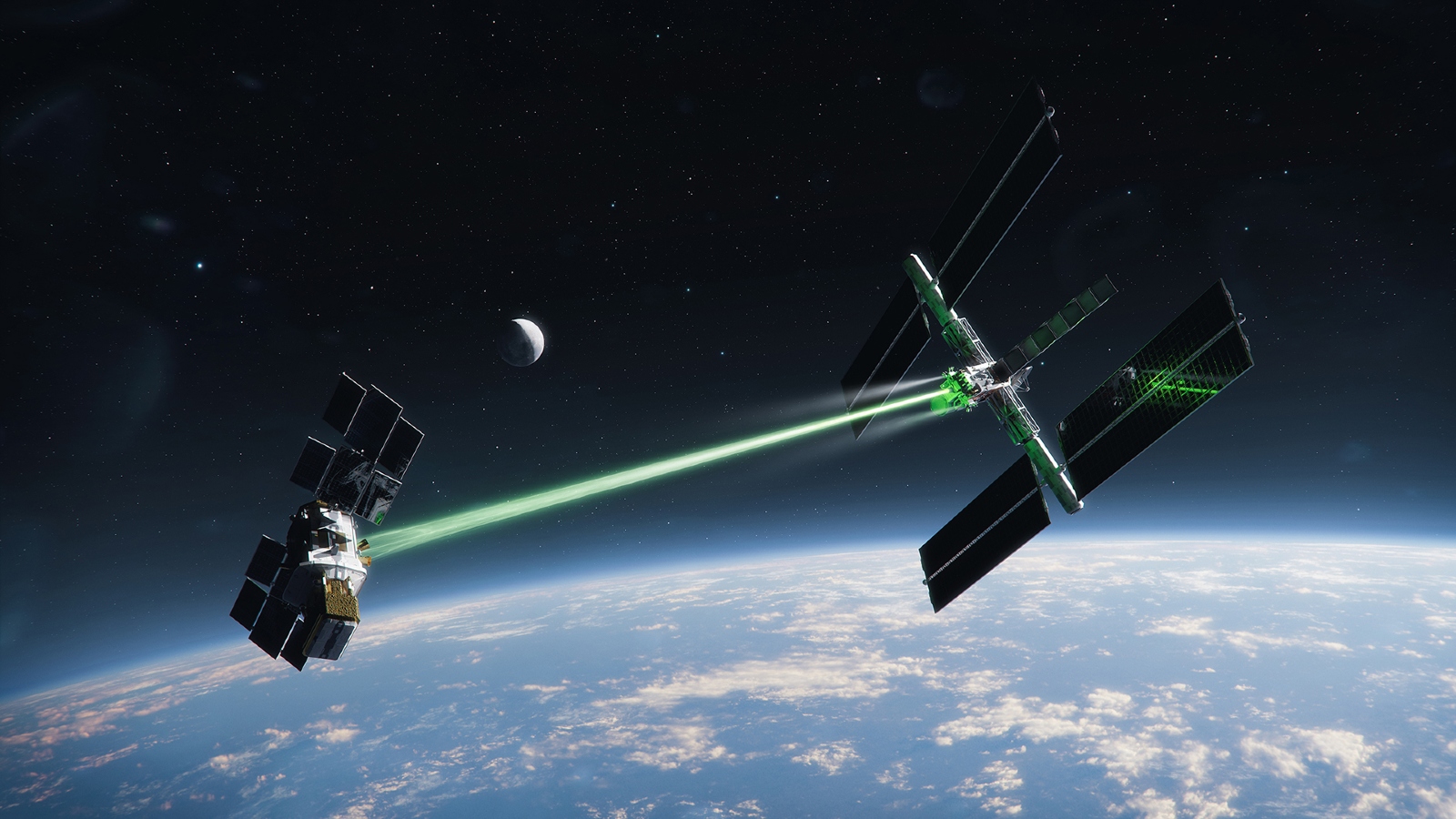
In sci-fi films, nothing raises tension quite like the good guys' spaceship getting caught in an invisible tractor beam that allows the baddies to slowly reel them in. And now scientists are developing a real-life tractor beam. But instead of trapping helpless starship pilots, the goal of the real-life version is to pull defunct satellites out of harm's way and into a "graveyard orbit" around Earth.
The real-life tractor beam, known as an electrostatic tractor, would use a servicer spacecraft that fires electrons at a target satellite, leaving the target with a negative charge and the servicer with a positive charge. The electrostatic attraction between the two spacecraft would cause them to "stick together" and allow the servicer to slowly pull the satellite away.
Several experts are convinced that the prototype technology could work in practice. But it will cost tens of millions to get a working version into space, which could prevent it from making the jump to reality.
2) Wormholes

The idea of a wormhole —a shortcut through space that allows almost instantaneous travel between distant parts of the universe — sounds like it was created as a fictional story-driver. But under its more formal name of an Einstein-Rosen bridge, the concept has existed as a serious theoretical concept long before sci-fi writers got hold of it. It comes out of Albert Einstein's theory of general relativity, which views gravity as a distortion of space-time caused by massive objects. In collaboration with physicist Nathan Rosen, Einstein theorized in 1935 that points of extremely strong gravity, such as black holes, could be directly connected with each other. And so the idea of wormholes was born.
The forces around a black hole would destroy anyone that came close to it, so the idea of actually traveling through a wormhole wasn't given serious consideration until the 1980s, when astrophysicist Carl Sagan decided he was going to write a sci-fi novel. According to the BBC, Sagan encouraged fellow physicist Kip Thorne to come up with a feasible way to travel interstellar distances in a flash. Thorne duly devised a way — possible in theory, but highly improbable in practice — that humans might achieve interstellar travel by traversing a wormhole unscathed. The result found its way into Sagan's novel "Contact" (Simon and Schuster: 1985) which was subsequently adapted into a film with Jodie Foster in the lead role.
While it's highly unlikely that wormholes will ever become the simple and convenient methods of transportation portrayed in movies, scientists have now come up with a more viable way to construct a wormhole than Thorne's original suggestion. It's also possible that, if wormholes already exist in the universe, they could be located using the new generation of gravitational-wave detectors.
3) Warp drive

An essential prerequisite for most space-based adventure stories is the ability to get from A to B much faster than we can today. Wormholes aside, there are multiple stumbling blocks to achieving this with a conventional spaceship. There's the enormous amount of fuel required, the crushing effects of acceleration, and the fact that the universe has a strictly imposed speed limit. This is the speed at which light travels — precisely one light-year per year, which in a cosmic context isn't very fast at all. Proxima Centauri, the second-closest star to Earth, is 4.2 light-years from the sun, while the center of the galaxy is a whopping 27,000 light-years away.
Fortunately, there's a loophole in the cosmic speed limit: It only dictates the maximum speed we can travel through space. As Einstein explained, space itself can be distorted, so perhaps it's possible to manipulate the space around a ship in such a way as to subvert the speed limit. The spaceship would still travel through the surrounding space at less than the speed of light, but the space itself would be moving faster than that.
This was what the writers of "Star Trek" had in mind when they came up with the concept of a "warp drive" in the 1960s. But to them it was just a plausible-sounding phrase, not real physics. It wasn't until 1994 that theoretician Miguel Alcubierre found a solution to Einstein's equations that produced a real warp drive effect, Live Science's sister site Space.com reported, contracting space in front of a spaceship and expanding it to the rear. To start with, Alcubierre's solution was no less contrived than Thorne's traversable wormhole, but scientists are attempting to refine it in the hope that it might one day be practical.
4) Time travel

The concept of a time machine is one of the great sci-fi plot devices, allowing characters to go back and change the course of history — for better or worse. But this inevitably raises logical paradoxes. In "Back to the Future," for example, would Doc have built his time machine if he hadn't been visited by the future Marty using that very same machine? It's because of paradoxes like these that many people assume time travel must be impossible in the real world — and yet, according to the laws of physics, it really can occur.
Just like with wormholes and space warps, the physics that tells us it's possible to travel back in time comes from Einstein's theory of general relativity. This treats space and time as part of the same "space-time" continuum, with the two being inextricably linked. Just as we talk about distorting space with a wormhole or warp drive, time can be distorted as well. Sometimes it can get so distorted that it folds back on itself, in what scientists refer to as a "closed timelike curve" — though it could just as accurately be called a time machine.
A conceptual design for such a time machine was published in 1974 by physicist Frank Tipler, according to physicist David Lewis Anderson, who describes the research on the Anderson Institute, a private research lab. Called a Tipler cylinder, it has to be big — at least 60 miles (97 kilometers) long, according to Humble — and extremely dense, with a total mass comparable to that of the sun. To get it to function as a time machine, the cylinder has to rotate fast enough to distort space-time to the point where time folds back on itself. It may not sound as simple as installing a flux capacitor in a DeLorean, but it does have the advantage that it really would work — on paper, at least.
5) Teleportation

The archetypal sci-fi example of teleportation is the "Star Trek" transporter, which, as the name suggests, is portrayed simply as a convenient way to transport personnel from one location to another. But teleportation is quite unlike any other form of transport: Instead of the traveler moving through space from the starting point to the destination, teleportation results in an exact duplicate being created at the destination while the original is destroyed. Viewed in these terms — and at the level of subatomic particles rather than human beings — teleportation is indeed possible, according to IBM.
The real-world process is called quantum teleportation. This process copies the precise quantum state of one particle, such as a photon, to another that may be hundreds of miles away. Quantum teleportation destroys the quantum state of the first photon, so it does indeed look as though the photon has been magically transported from one place to another. The trick is based on what Einstein referred to as "spooky action at a distance," but is more formally known as quantum entanglement. If the photon that is to be "teleported" is brought into contact with one of a pair of entangled photons, and a measurement of the resulting state is sent to the receiving end — where the other entangled photon is — then the latter photon can be switched into the same state as the teleported photon.
It's a complicated process even for a single photon, and there's no way it could be scaled up to the kind of instant-transportation system seen in "Star Trek." Even so, quantum teleportation does have important applications in the real world, such as for hack-proof communications and super-fast quantum computing.
6) Parallel universes
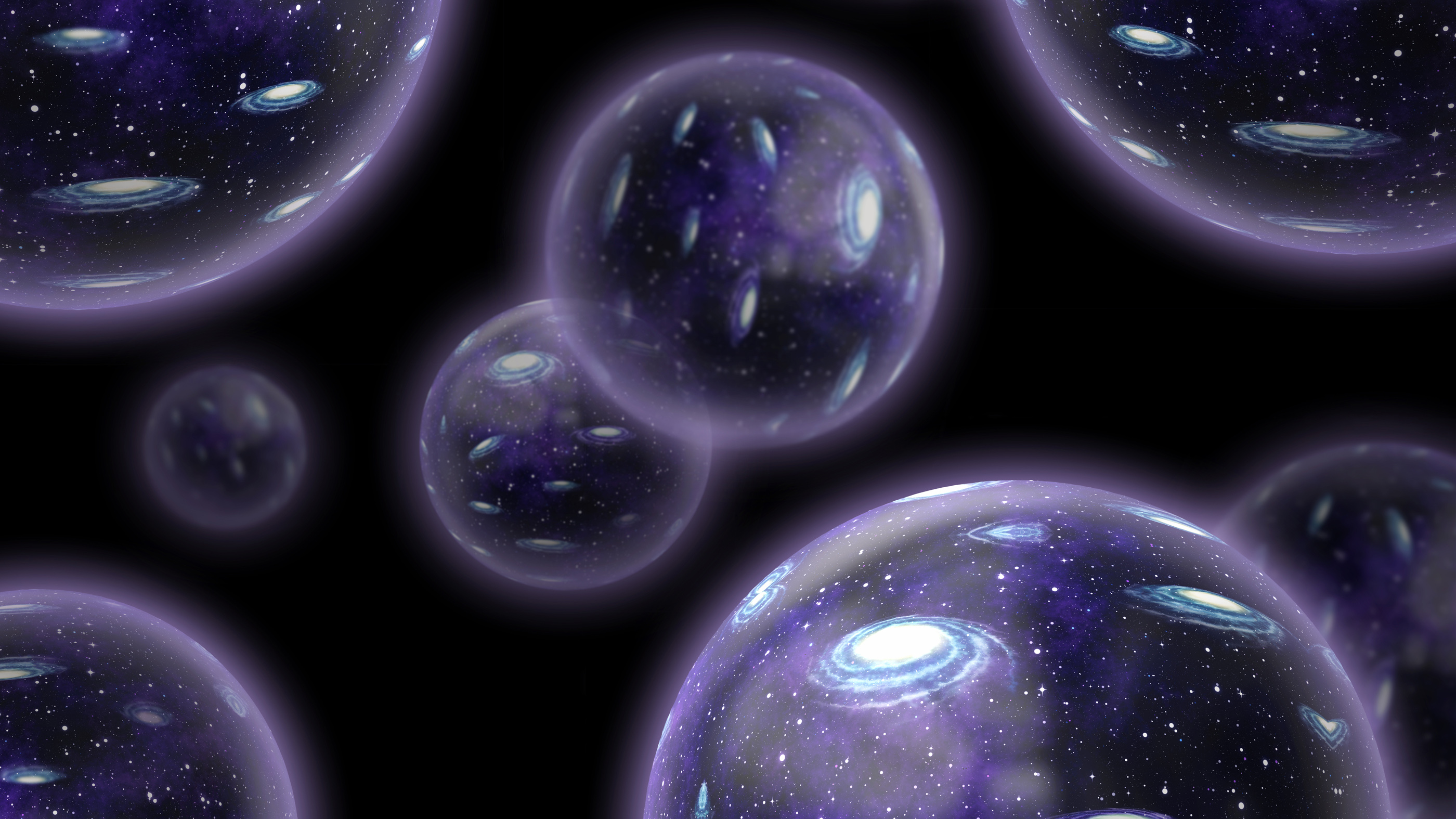
The universe is everything our telescopes reveal to us — all the billions of galaxies expanding outward from the Big Bang. But is that all there is? Theory says maybe not: There might be a whole multiverse of universes out there. The idea of "parallel universes" is another familiar sci-fi theme, but when they're depicted on screen they typically differ from our own universe only in minor details. But the reality may be much weirder than that, with the basic parameters of physics in a parallel universe — such as the strength of gravity or nuclear forces — differing from our own. A classic portrayal of a genuinely different universe of this kind, and the creatures living in it, is Isaac Asimov's novel "The Gods Themselves" (Doubleday: 1972).
The key to the modern understanding of parallel universes is the concept of "eternal inflation." This pictures the infinite fabric of space in a state of perpetual, incredibly rapid expansion. Every now and then a localized spot in this space — a self-contained Big Bang — drops out of the general expansion and begins to grow at a more sedate pace, allowing material objects like stars and galaxies to form inside it. According to this theory, our universe is one such region, but there may be countless others.
As in Asimov's story, these parallel universes could have completely different physical parameters from our own. At one time scientists believed that only universes with virtually the same parameters as ours would be capable of supporting life, but recent studies suggest the situation may not be as restrictive as this, Live Science previously reported. So there's hope for Asimov's aliens yet — though perhaps not for making contact with them, as happens in the novel. Nevertheless, the traces of other universes might be detectable to us by other means. It's even been suggested that the mysterious "cold spot" in the cosmic microwave background is the scar from a collision with a parallel universe, Ivan Baldry, a professor of astrophysics at Liverpool John Moores University in the U.K. wrote in The Conversation.
7) Habitable Mars
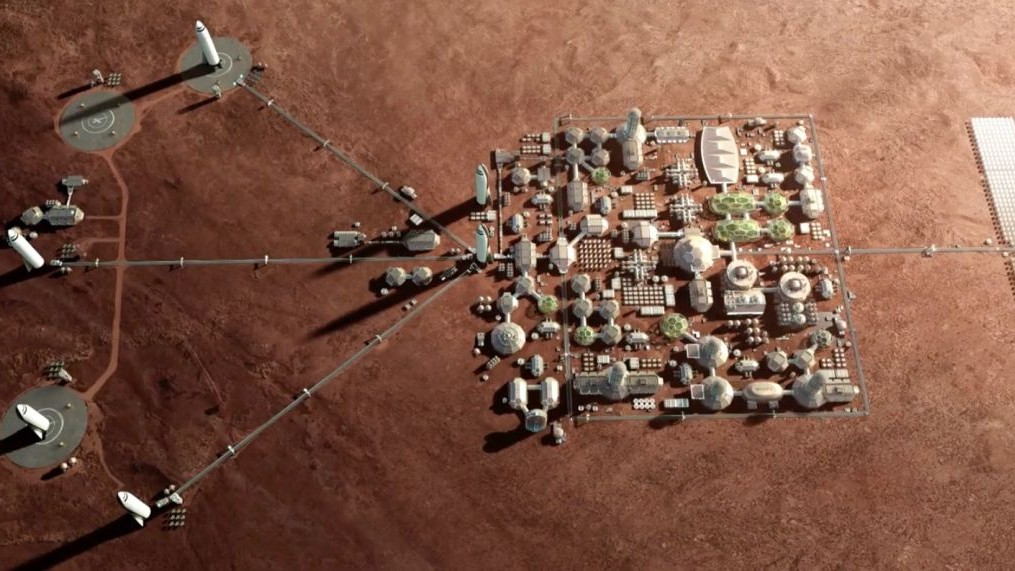
Who wouldn't want to live on the Red Planet? It has less gravity than Earth does, so even simple things like walking are difficult — and childbirth may be impossible. Marst gets less sunlight than our home planet does, so even the balmiest days barely pass as bearable. The only water is locked up in ice under the soil or at the poles. Not to mention, there's no breathable atmosphere … or really any atmosphere at all.
But almost every sci-fi story set far enough in the future has humans living on Mars. The key here is terraforming, the process of turning the planet's frigid, empty atmosphere into something more like Earth's. While not impossible, it's no easy task, because Mars does not contain enough volatile materials (such as water, nitrogen and carbon dioxide) to build a thick atmosphere of its own. So we would have to import it from elsewhere, like by towing in comets from the outer solar system and slamming them into the planet.
This kind of mega-engineering isn't impossible. It's just really, really difficult and would involve generations of humans working tirelessly to bring about an Earth 2.0.
8) Easy fusion
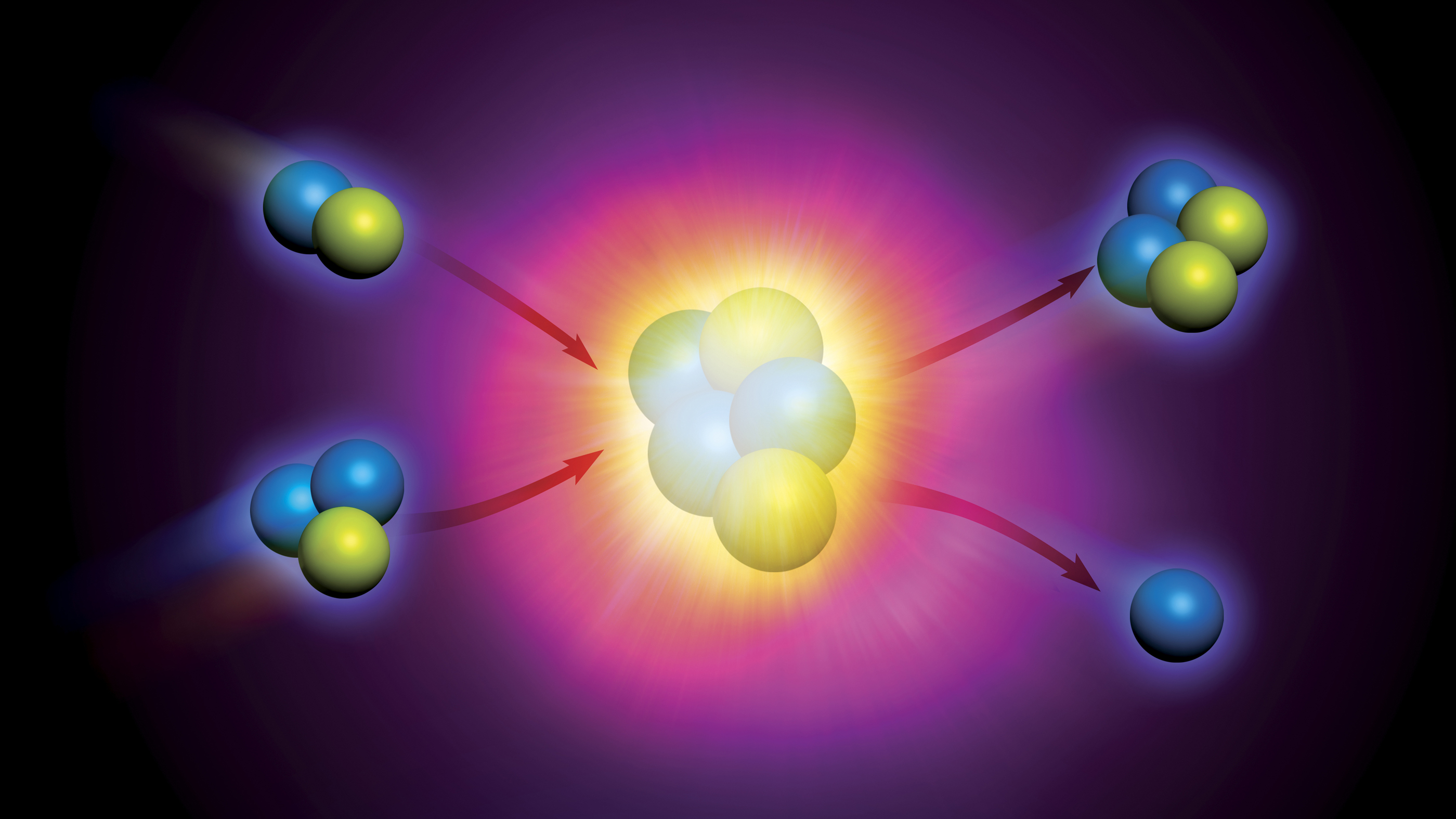
Even the wildest sci-fi spaceships need some sort of power source, and sci-fi writers seem to have three standard go-tos: some sort of made-up substance, like dilithium crystals; antimatter; or good old-fashioned nuclear fusion. That last one is perhaps the most plausible as a long-term, sustainable source of energy for everything from spaceships to off-world settlements.
Heck, humans already harness nuclear power in portable ships on Earth, under the ocean. But those are fission-based power planets, which derive power from splitting atoms apart. Fusion — in which two small atoms are smooshed together to form a new, larger one — is a whole different animal. Fusion requires much more sophisticated technologies to control and harness the energy produced (we already figured out how to trigger uncontrolled fusion reactions, which is what hydrogen bombs are).
In 2022, scientists with the Department of Energy's National Ignition Facility made a huge advance: For the first time ever, they generated more energy out of a fusion reaction than went into it. That remarkable achievement is only the first step, however. That net-positive energy gain didn't include the power lost to inefficiencies in the lasers themselves or a method to capture that energy and put it to useful work.
Still, scientists and engineers around the globe are hard at work to crack the fusion puzzle, and it may yet become a staple of our future.
9) Rock-throwing warfare
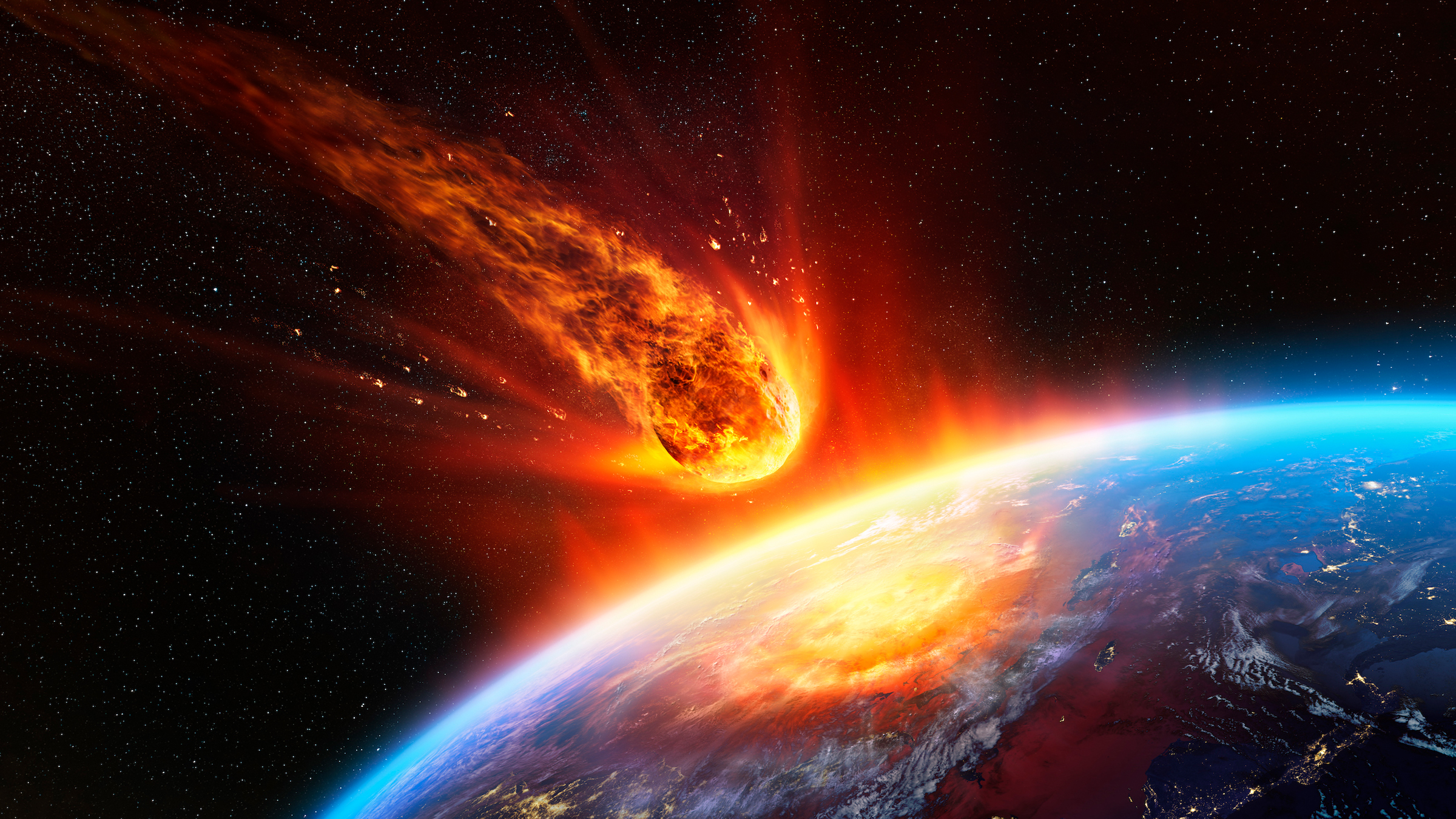
Long, long ago our ancestors took the latest technological breakthrough at the time, sharpened rocks, and did their best to beat each other over the head with them. We have since progressed to more advanced means of armed combat, including spears (sharpened rock on a stick), swords (very long sharpened rocks), arrows (long-distance sharpened rocks), bullets (extremely fast, long-distance sharpened rocks) and even bombs (highly explosive, miniaturized sharpened rocks).
In the future, it will be no different. The solar system is chock-full of rocks whizzing around at tens of thousands of miles per hour. At those speeds, rocks pack a ridiculous amount of kinetic energy. Even micrometeoroids, less than a millimeter across, can bury themselves in our most well-protected spacecraft.
As NASA's DART mission successfully showed, it doesn't take much to alter the course of a massive asteroid. Hurling rocks at each other — with impacts powerful enough to end entire civilizations — will surely be a hallmark of future warfare.
10) Artificial gravity
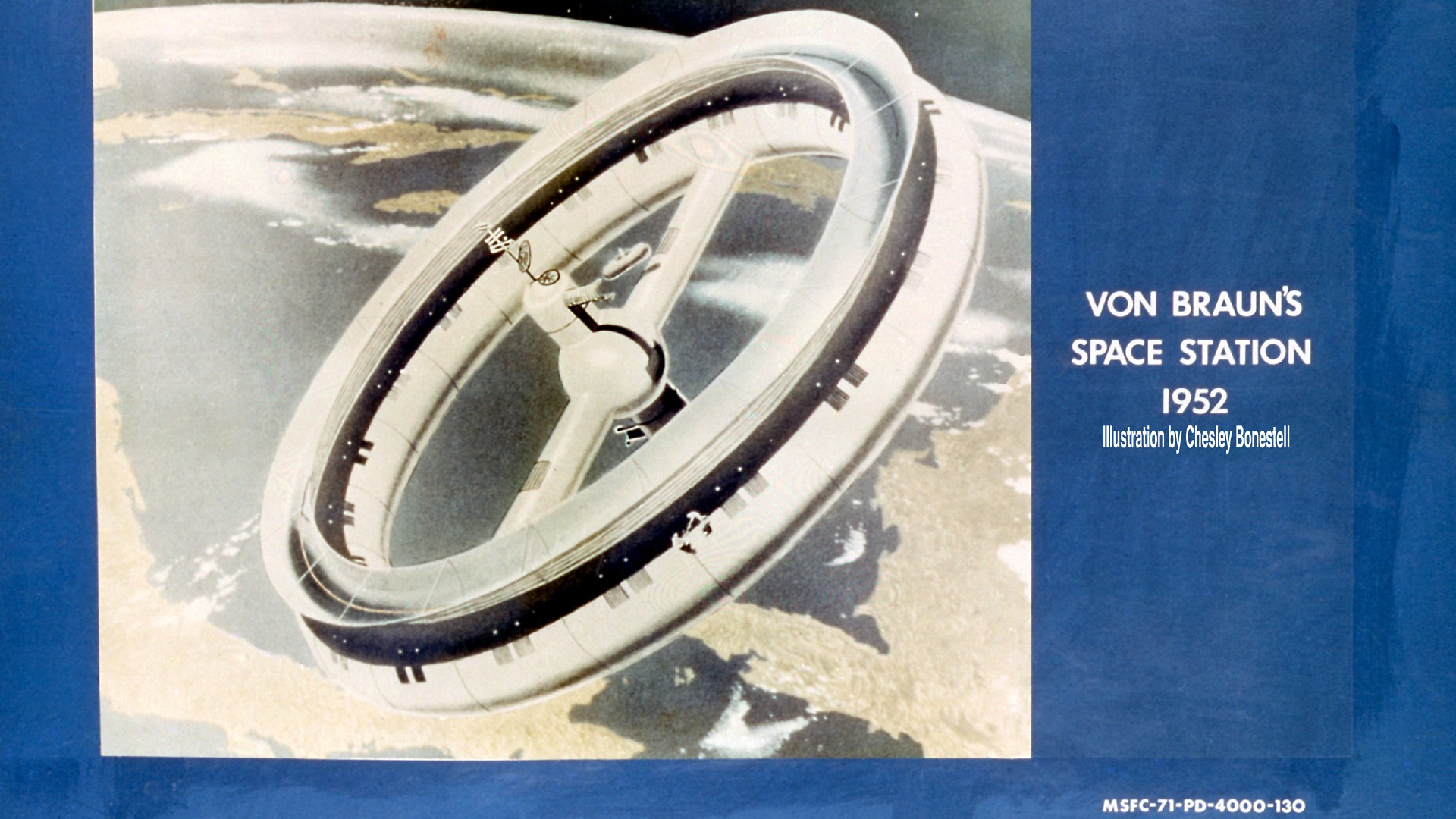
Sci-fi writers often introduce artificial gravity as a plot point to save budgets and film their actors on a normal soundstage; otherwise, they would have to use wires or complex visual effects to simulate weightlessness.
But creating gravity at will is easier than you might think. The first trick is to replace acceleration with rotation. If you've ever been in one of those carnival rides that spins really quickly, you've known how strong the centrifugal force can be. So if future Earthlings set up a rotating space habitat and arrange everything so that the outermost edge is "down," then people will feel right at home. Well, almost, because they'd have to deal with the dizziness from the rotation and the counterintuitive motions caused by the Coriolis effect.
The other trick to replicate gravity is to keep moving. Einstein realized that acceleration is the same, regardless of whether that acceleration comes from a massive gravitational object or the push of a rocket, and you can use that to your advantage. If you fire your rocket engines and maintain a constant acceleration of 9.8 meters per second squared, unless you look out the window, you'll have no idea you're in a spaceship. Of course, it will take a lot of fuel to maintain that kind of acceleration, but that's a different problem.
11) Ultra-personalized health care

You know the scene from your favorite sci-fi show. The protagonist gets injured, maybe even severely. They go to the medical bay — it's always a medical bay — and the doctor waves a wand over their body and/or plugs in something very simple to their arm. And then the healing begins.
In our own reality, medicine has made enormous strides since the introduction of the scientific method into the field over a hundred years ago. Afflictions and diseases that struck fear into our ancestors, like smallpox, barely even register to us today. From the outright miracles of vaccines and antibiotics to day-to-day routine lifesaving surgical procedures, we're much better off. And healthcare is only getting more advanced. Recently, gene-editing technologies like CRISPR have taken off, offering the promise of tailor-made drugs and therapies for each individual patient. It's not unreasonable to envision a future in which your doctor knows you down to the molecular level and can prescribe the exact right remedy to fix whatever ails you. Of course, it's impossible to say where our continued research into medicine will take us, but it's not crazy to imagine advances in disease management, healing, and overall wellness.
Sign up for the Live Science daily newsletter now
Get the world’s most fascinating discoveries delivered straight to your inbox.

Paul M. Sutter is a research professor in astrophysics at SUNY Stony Brook University and the Flatiron Institute in New York City. He regularly appears on TV and podcasts, including "Ask a Spaceman." He is the author of two books, "Your Place in the Universe" and "How to Die in Space," and is a regular contributor to Space.com, Live Science, and more. Paul received his PhD in Physics from the University of Illinois at Urbana-Champaign in 2011, and spent three years at the Paris Institute of Astrophysics, followed by a research fellowship in Trieste, Italy.
